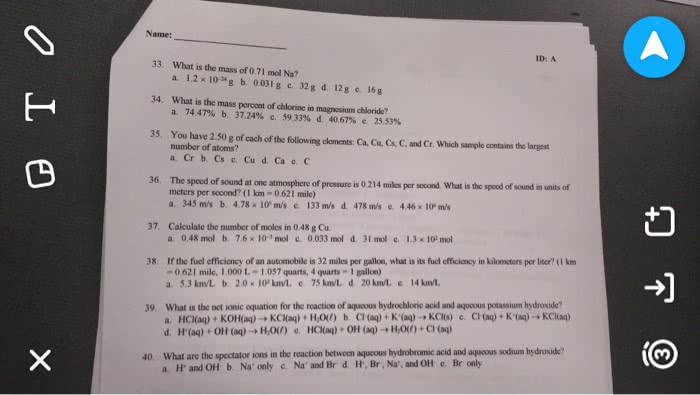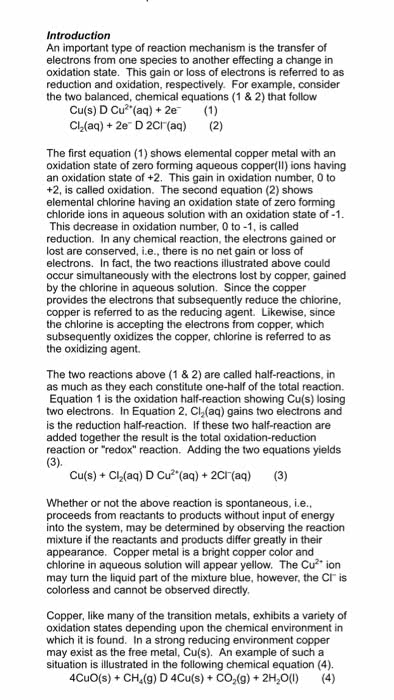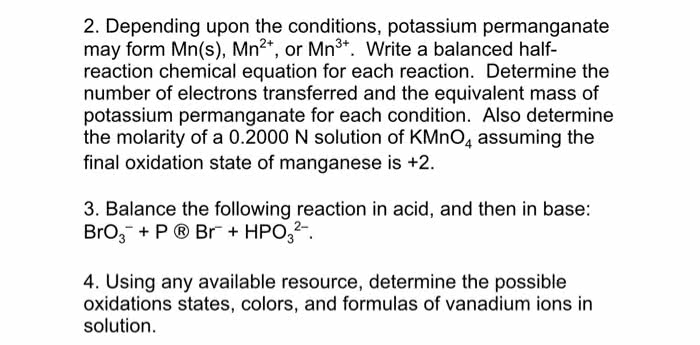3. Write the product formed in the following reactions in the space provided. If the reaction does not take place write NO RXN. Indicate physical states by (s), (l), (g), (aq). Make sure the reaction is balanced! Please write the net ionic equation below.
a. Pb(CH3CO2)2(aq) + Na2SO4(aq) Ã
b. AgNO3(aq) + NH4Br(aq) Ã
4. Balance the following reactions and answer the questions below.
a. Al(s) + HCl (aq) Ã AlCl3 + H2
What is the element that is oxidized _______________________
What is the element that is reduced _______________________
Which compound is the oxidizing agent ____________________
Which compound is the reducing agent ____________________
b. Na(s) + FeCl2 Ã NaCl + Fe
What is the element that is oxidized _______________________
What is the element that is reduced _______________________
Which compound is the oxidizing agent ____________________
Which compound is the reducing agent ____________________
8. Using the unbalanced equation how many grams of lithium nitrate will be needed to make 250g of lithium sulfate, assuming that you have an adequate amount of lead (IV) sulfate to do the reaction.
Pb(SO4)2(aq) + LiNO3(aq) Ã Pb(NO3)4(s) + Li2SO4(aq)
9. Using the following equation determine how many grams of sodium fluoride can react with 184.4 grams of magnesium.
Mg + NaF2 Ã MgF2 + Na
10. Determine how many Oxygen atoms are present in 46.7g of Zr(SO4)2
10. Given the following unbalanced equation:
Al2O3(aq) + Fe(s) Ã Fe2O3(aq) + Al(s)
Determine how many grams of Iron (III) Oxide can be formed if 224 grams of aluminum oxide is reacted with iron.
Multiple choice:
10b. Which of the following statement is true about 1 mole of Ca(NO3)2?
a. It contains the 6.02 x 1023 NO3- ions.
b. It weighs 146 grams
c. It will most likely dissolve in a bucket of water.
d. It will produce equal number of Ca+2 and NO3- ion in a solution.
10. How many molecules are present in 48.0 grams of oxygen gas? (O2)
a. 6.02 x1023 b. 1.81 x1024 c. 9.03 x1023 d. 1.03x1024
12. If there are 12 moles of carbon in 1 mole of sucrose, C12H22O11.How many atoms of carbon are there in 1 mole of sucrose?
a. 1 x6.03 x 1023 b. 12x 6.03 x 1023 c. 22 x 6.03 x 1023
13. Determine the oxidation state of oxygen in the compound Cr2O3 in the following equation:
Cr2O3(s) + 2Al(s) Ã Cr(s) + Al2O3(s)
-2 b. -6 c. 6 d. 2
16. Determine the oxidation state of Al in the following equation:
Al(s) + HCl à AlCl3(aq) + H2
+2 b. 0 c. +3 d. -5




